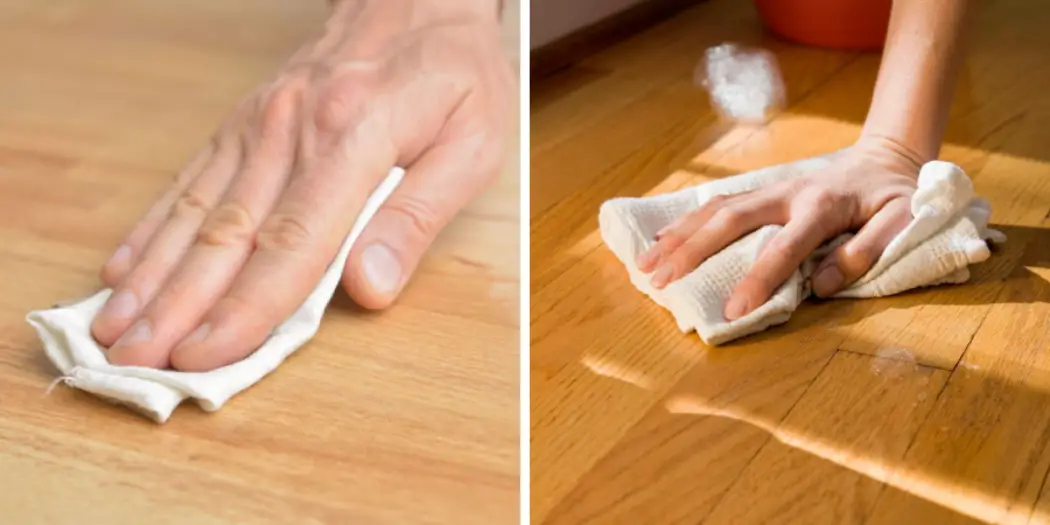The sun, rain, and wind can easily ruin the beautiful finish on your wood deck or fence. One of the easiest ways to protect it is using a wood stain. If you’ve ever stained wood, you know the importance of keeping the stain from rubbing off.
However, if the stain wears off, it can leave your deck looking ugly and faded. This guide will show you how to keep wood stain from rubbing off. We’ll also recommend some steps to help you achieve the best results. Let’s get started!
Summary: If you’re looking to keep wood stain from rubbing off your project, try using a sealant. There are many different types of sealants available, so it’s important to find one that will work best for the type of wood you’re protecting.
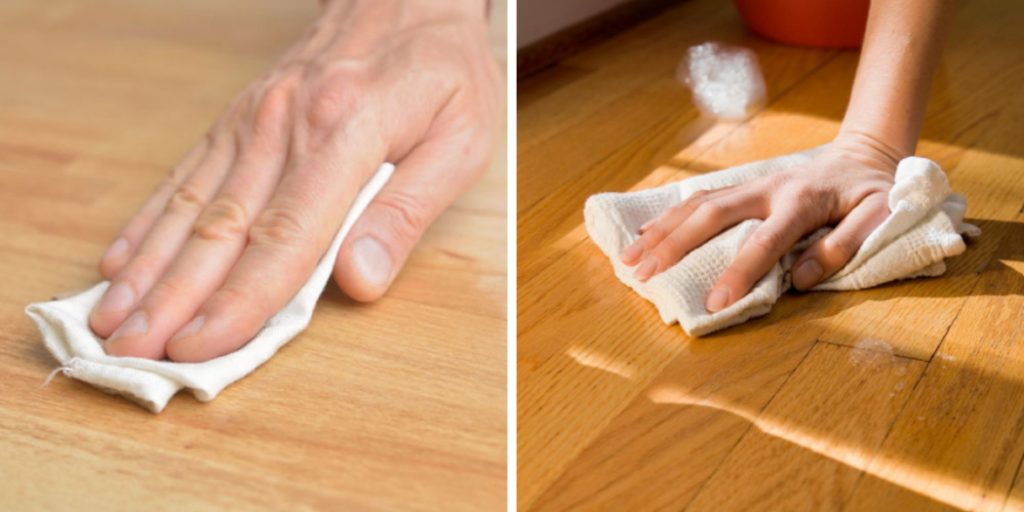
Why Wood Stain Keep Rubbing Off?
One of the main reasons why wood stain keeps rubbing off is because it wasn’t applied correctly in the first place. For example, if you don’t sand the wood properly before staining, the stain will have trouble penetrating the surface and will eventually rub off.
Another reason why wood stain might rub off is that you didn’t use a primer before applying the stain. A primer creates a barrier between the wood and the stain, helping to prevent the stain from soaking into the wood too profoundly and becoming susceptible to rubbing off.
Finally, if you don’t seal the stained wood properly, it can lead to rubbing. A good sealer will protect the stain from wear and tear, and make it more resistant to rubbing off.
10 Steps on How to Keep Wood Stain From Rubbing Off
If you’re having trouble keeping your wood stain from rubbing off, follow these steps. With extra care, you can ensure that your wood stain stays and lasts for years.
Step 1: Prep the Wood Properly
You must start with a clean slate if you want your stain to adhere properly. That means sanding down the wood to create a smooth surface for the stain to grip onto. If there are any old finishes or paint on the wood, make sure you remove them completely before beginning.
Step 2: Apply a Pre-stain Conditioner
This step is crucial for working with softwoods like pine or cedar. Pre-stain conditioners help to even out the absorption of the wood so that the stain can be applied evenly. Without a conditioner, you’re likely to end up with blotchy results. So, make sure to use a conditioner before you stain.
Step 3: Use the Right Applicator
When applying wood stain, you’ve got a few different options. You can use a brush, a rag, or a sprayer. Each has its advantages and disadvantages.
Brushes are great for getting into small spaces and tight corners. They’re also suitable for applying an even coat of stain. However, they can be difficult to control and may leave brush strokes in the finish.
Rags are easy to use and give you much control over the amount of stain you’re applying. They’re also less likely to leave brush strokes. However, they can be messy and difficult to work with in tight spaces.
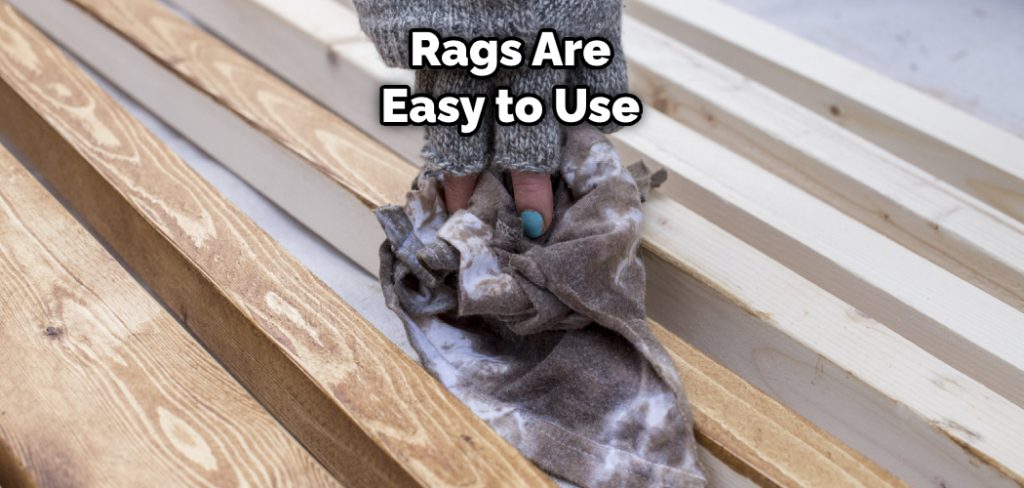
Sprayers are the easiest way to apply wood stains evenly. They’re also great for large surfaces. However, they can be difficult to control and may produce a lot of oversprays.
Step 4: Work in the Direction of the Grain
When applying wood stain, always work in the direction of the grain. This will help to prevent streaks and ensure an even finish. Remember this step, especially when working with a rag or brush, as it’s easy to go against the grain accidentally. Also, avoid going over the same area multiple times, which can cause streaks.
You Can Check It Out To How to Stain Acacia Wood Table
Step 5: Allow the Stain to Penetrate
Don’t be tempted to remove the excess stain after applying it. Instead, allow it to sit on the surface of the wood for a few minutes, so it has time to penetrate. This will give you a deeper, richer color. Don’t try to remove the excess until the stain has had a chance to penetrate, or you’ll end up with an uneven finish.
Step 6: Wipe Away the Excess
After the stain has had a chance to penetrate, Use a clean rag to wipe away any stain sitting on top of the wood. Make sure to go with the grain to avoid streaks. Otherwise, your wood will have a blotchy appearance. That’s why try to use a pre-stain conditioner.
Step 7: Wait for the Stain to Dry
Once you’ve removed the excess stain, it’s important to let the remaining stain dry completely before moving on. Depending on the type of wood and the temperature, this can take anywhere from a few hours to a couple of days. Avoid putting any finish on the wood until the stain has had a chance to dry completely.
Step 8: Apply a Finish
Once the stain is dry, you can move on to applying a finish. This step is optional but can help protect the stain and make it last longer. If you choose to finish your project, follow the manufacturer’s instructions carefully. You also must wait for the stain to dry before applying a finish. Otherwise, you run the risk of the finish not bonding properly.
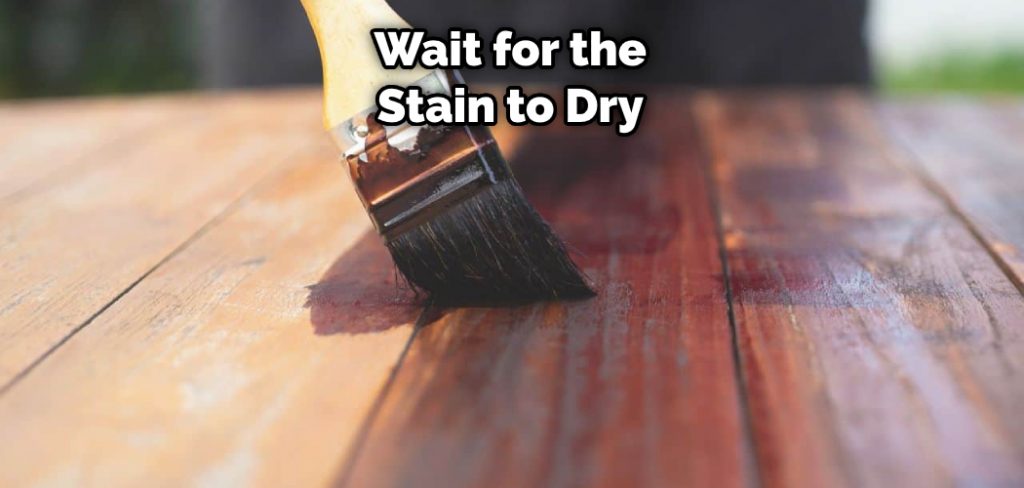
Step 9: Clean Up Your Tools
Once you’re finished staining, make sure you clean up your tools. If you don’t, the stain will rub off on them, making them difficult to use next time. Then, you have to start all over again. So, to avoid that, just take the time to clean your tools before you put them away.
Step 10: Store Your Stain Properly
If you’re not going to be using your stain right away, make sure you store it properly. First, keep it in a cool, dark place so that it doesn’t dry out or become damaged. Then, whenever you’re ready to use it again, just give it a good stir before you start. And anytime you finish using your stain, be sure to put the lid back on tightly.
With these steps, you can keep your wood stain from rubbing off. Just remember to take your time and be patient. You will likely have streaks or an uneven finish if you rush the process. So, take your time and enjoy the process of staining your wood.
How Long Should Wood Stain Sit Before Wiping Off?
The time you leave the wood stain on before wiping it off will depend on the type of wood you are staining, as well as the desired effect. For example, if you are staining a softwood like pine, you will need to leave the stain on for a shorter time than you would for a hardwood like oak.
If you are looking for a light color, you will only need to leave the stain on for a few minutes before wiping it off. If you want a darker color, you can leave the stain on for up to an hour. Just be sure to test the stain on a small area of the wood first to see how long it needs to sit before wiping it off.
You Can Check It Out to Caulk Stained Wood Trim
How Do You Seal Freshly Stained Wood?
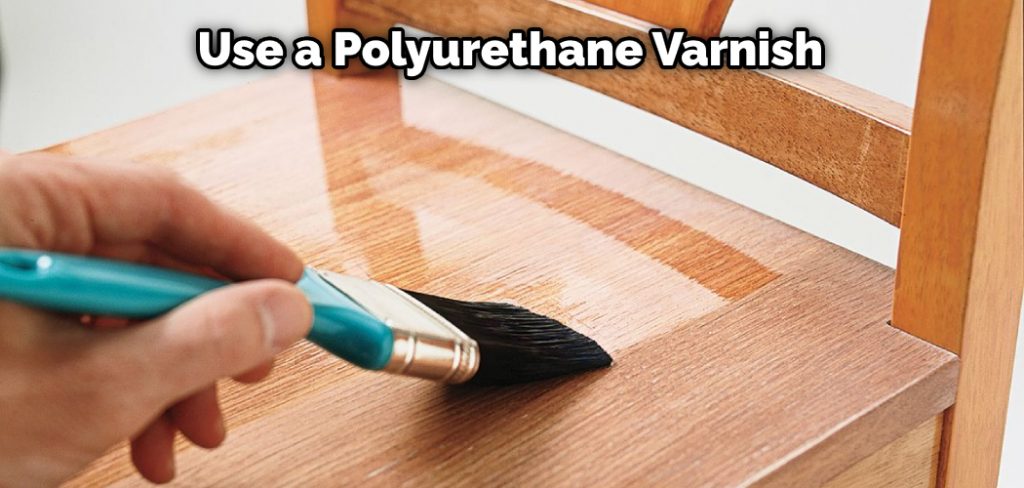
The best way to seal freshly stained wood is to use a polyurethane varnish. This will protect the stain from rubbing off and provide a long-lasting finish. You can apply the varnish with a brush or a sprayer. If you use a brush, remove any excess varnish before it dries. Also, you can go for a wipe-on poly for a hand-rubbed look.
What is the Best Way to Apply Wood Stain?
There are a few different ways to apply wood stain, but the best way will depend on the type of stain you’re using and the piece of wood you’re staining. For example, if you’re using a water-based Stain, it’s best to apply it with a brush or rag. On the other hand, if you’re using an oil-based Stain, you can use a brush, rag, or sprayer.
No matter what method you use, it’s essential to work the stain into the wood evenly and in the direction of the grain. You also want to ensure you don’t over-saturate the wood, as this can lead to problems with the finish.
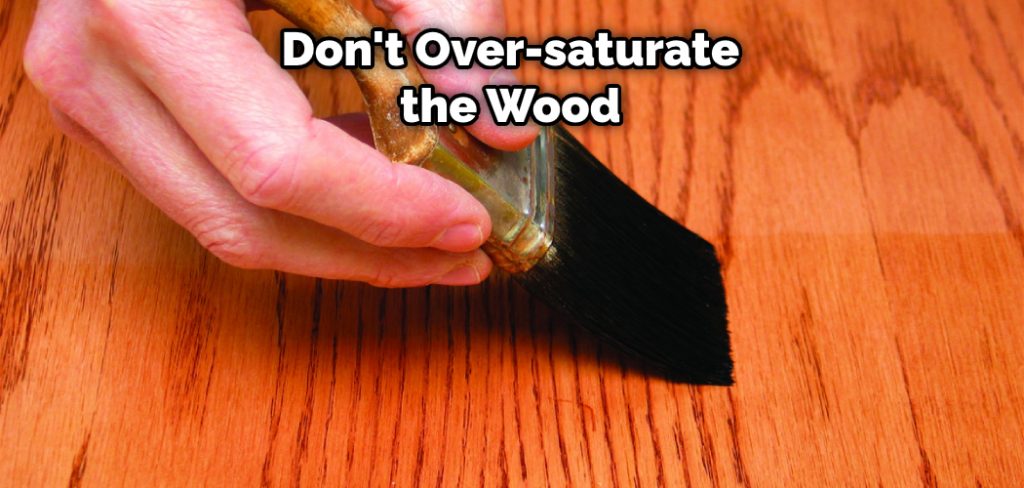
FAQ
Does Stain Get Darker or Lighter as It Dries?
The answer is unfortunately not as straightforward as people might think. In general, stains will get darker as they dry because liquids will evaporate and leave behind dried residues. However, this is not always the case – some stains may actually become lighter as they dry due to the removal of oil or grease. Ultimately, it’s important to test a small sample of the stain before applying any treatments in order to determine the best course of action.
Can I Wait a Day Between Coats of Stain?
It’s always a good idea to wait 24 hours after washing your clothes before you put them in the dryer. This will allow the soil and residue from the previous coat of stain to be thoroughly removed. If you need to wash your clothes more than once in a day, it is best practice to do so on consecutive days rather than waiting between coats of stain.
Will Sticky Wood Stain Eventually Dry?
Most experts believe that the sticky wood stain will eventually dry. That said, it may take a few days or weeks for the entire stain to disappear. In some cases, it might be necessary to use a furniture polish to help Speed up the process.
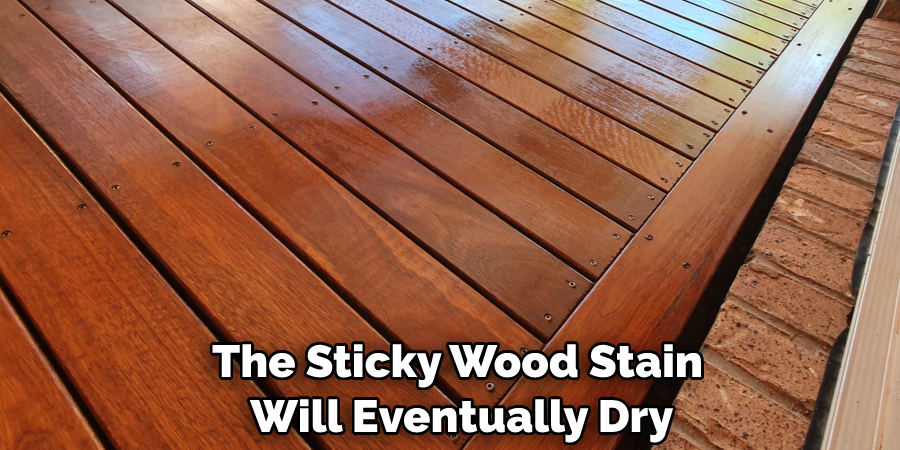
Why is My Stain Not Sticking to the Wood?
There are a few potential reasons why your stain may not be sticking to the wood, and one of the most common is water damage. If there has been leakage from any plumbing or joints in the house, this can cause flooring and furniture to become wet. This moisture will then seep into the wood fibers and cause them to swell which makes it difficult for stains to adhere.
Another reason is that too much cleaning products may be used which leaves behind an oily residue that repels stains. Too little ventilation also causes chemical fumes to build up which also inhibits Stainstick’s ability to attach itself firmly onto surfaces.
Conclusion
Staining wood can be a bit of a messy process, but it doesn’t have to be. You can get great results with a little bit of knowledge and the right tools. Just remember to take your time, work in the direction of the grain, and allow the stain to penetrate before wiping away the excess. If you do, you’ll surely achieve a beautiful, even finish.
If you read the before steps on how to keep wood stain from rubbing off, you are well on your way to success! Take your time and evenly work the stain into the wood for the best results. Also, ensure you don’t over-saturate the wood, which can lead to problems with the finish. By following these simple steps, you will achieve a beautiful and even finish on your wood project!

